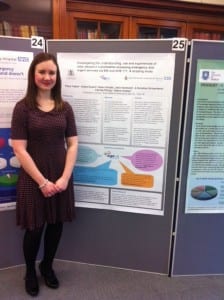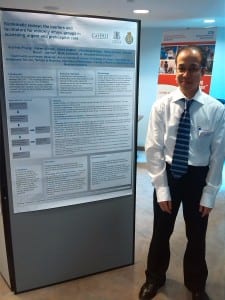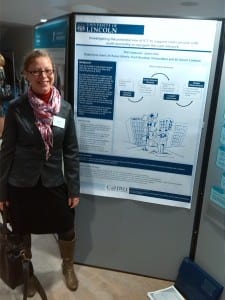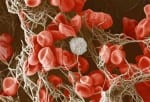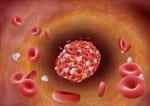 Researchers in CaHRU and East Midlands Ambulance Service NHS Trust (EMAS) have published a new study: “Identifying barriers and facilitators to ambulance service assessment and treatment of acute asthma: a focus group study” in BMC Emergency Medicine. The study’s lead author was Deborah Shaw of the Clinical Audit and Research Department at EMAS and visiting fellow at CaHRU. She was supported in the work by Prof Niro Siriwardena, director of CaHRU and associate clinical director at EMAS.
Researchers in CaHRU and East Midlands Ambulance Service NHS Trust (EMAS) have published a new study: “Identifying barriers and facilitators to ambulance service assessment and treatment of acute asthma: a focus group study” in BMC Emergency Medicine. The study’s lead author was Deborah Shaw of the Clinical Audit and Research Department at EMAS and visiting fellow at CaHRU. She was supported in the work by Prof Niro Siriwardena, director of CaHRU and associate clinical director at EMAS.
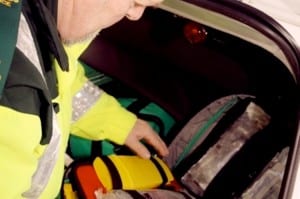 The authors aimed to explore paramedics’ attitudes, perceptions and beliefs about prehospital management of asthma, to identify barriers and facilitators to guideline adherence, acknowledging variations in prehospital care for asthma. The investigators interviewed paramedics and managers and their analysis identified that guidelines should be made more relevant to ambulance service care; barriers to assessment; conflicts between clinicians’ and patients’ expectations; complex ambulance service processes and equipment; and opportunities for improved prehospital education, information, communication, support and care pathways for asthma.
The authors aimed to explore paramedics’ attitudes, perceptions and beliefs about prehospital management of asthma, to identify barriers and facilitators to guideline adherence, acknowledging variations in prehospital care for asthma. The investigators interviewed paramedics and managers and their analysis identified that guidelines should be made more relevant to ambulance service care; barriers to assessment; conflicts between clinicians’ and patients’ expectations; complex ambulance service processes and equipment; and opportunities for improved prehospital education, information, communication, support and care pathways for asthma.
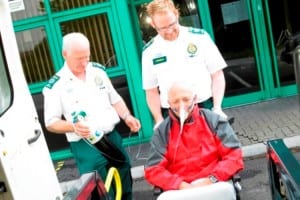 The service has already used these findings to improve prehospital care for people with asthma and other chronic respiratory conditions.
The service has already used these findings to improve prehospital care for people with asthma and other chronic respiratory conditions.




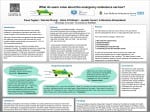
![Togher PhOEBE qualitative HSRN 2014 [Poster]](https://communityandhealth.dev.lincoln.ac.uk/files/2014/07/Togher-PhOEBE-qualitative-HSRN-2014-Poster-300x225.jpg)
